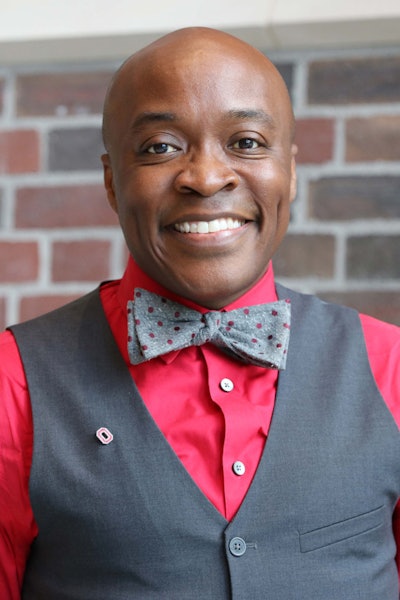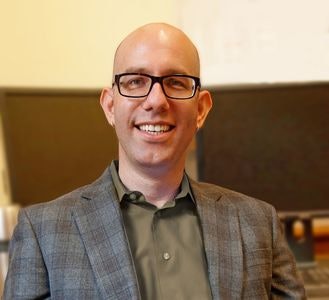Given the labels put on environmentalists— “tree huggers, vegans, hippies” Carrot Wang, a student at The Ohio State University, aimed to engage and provide more accessibility into the sustainability movement for people from all backgrounds.
 Dr. Stephen John Quaye
Dr. Stephen John Quaye
“Like many of us, I was hopeless about the scale and scope of the issues,” said Wang. “But after involving local advocacy, I have come to realize the power of acting on a problem that's right in front of us that's impacting our daily life because we can drive change from the ground up.”
Those changes can include growing more community gardens, preventing the instillation of power plants and celebrating diverse cultures within local communities, she added.
Wang is among many college students who participate in advocacy efforts.
In the past, college campuses were often the birthplace of social movements, according to Dr. Noah Drezner, a professor of higher education at the Teachers College, Columbia University.
“I am really interested in higher education as a public good,” he said. “And I believe that social movements, philanthropy, volunteerism and other social behaviors can stem from and support that public good that higher education at its core is supposed to be.”
Youth, in particular, have been at the forefront of the sustainability movement. Despite the knowledge of climate change existing for centuries, it hasn’t been “popularized” until this generation, said Christina Torres, a doctoral student at Teachers College.
“They have taken it into their own hands to educate their peers and do what they can,” she added.
Not everyone has been included in the conversation.
People of color—especially indigenous communities—have long worked to address sustainability issues. Yet, their efforts are often not recognized nor do many identify with the larger sustainability movement, said Dr. Stephen John Quaye, an associate professor in OSU’s Department of Educational Studies.
“Sometimes movements are not seen for people with minoritized identities,” he added. “They don't want to be labeled in that way or are attached to it because of the ways they are being excluded.”
The modern environmental movement emerged in the 1960s—a time in which science, technology, engineering and technology fields were and continue to be predominately white.
“I suspect that is one of the reasons that we see this kind of path dependency,” said Dr. Oren Pizmony-Levy, an associate professor of international and comparative education at Teachers College. “The sustainability movement focused more on topics that are considered to be concerning or alarming to the White majority.”
The third session of the Association for the Study of Higher Education (ASHE) 2021 Presidential Webinar: “Space, Place, and Relationship in Higher Education” highlighted this issue and advocated for an equity-minded approach to sustainability education.
“We and our work in sustainability education need to understand that we need to empower people and how important representation is in this movement so people can actually see themselves within this movement,” said Torres. “If we are designing sustainable solutions without everyone involved, that is inherently unsustainable.”
 Dr. Oren Pizmony-Levy
Dr. Oren Pizmony-Levy
“We have to bring more voices to the table because this will allow concerns to surface,” he said. “It will also allow us to be more creative when we think about solutions. When we have a diverse group of people working together, we are much more creative.”
Wang emphasized that climate change is classified as a human rights issue. “Destructive facilities” like pipelines, factories and highways are built in the most vulnerable communities. There is also continued racial segregation and underfunding in majority-serving Black and Brown schools.
“The seeds of these problems were planted by privilege, most of them by White men to serve others who look like them,” she said. “As we as a whole are teetering on the brink of utterly preventable catastrophe, I believe that those who have enjoyed the fruits of exploitation should take more responsibility and be held more accountable.”


















